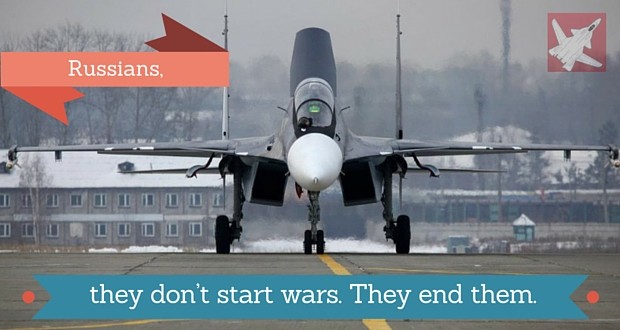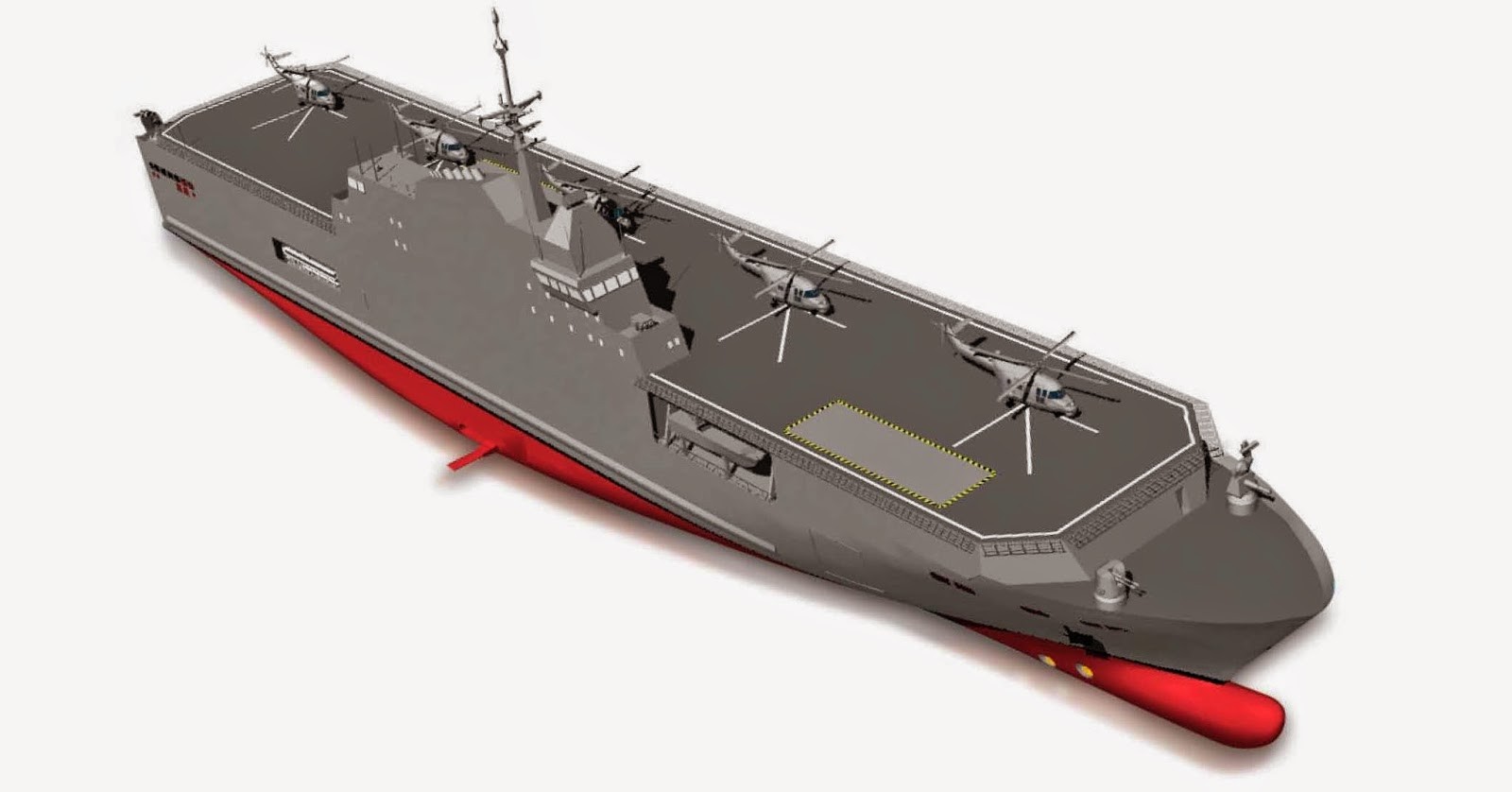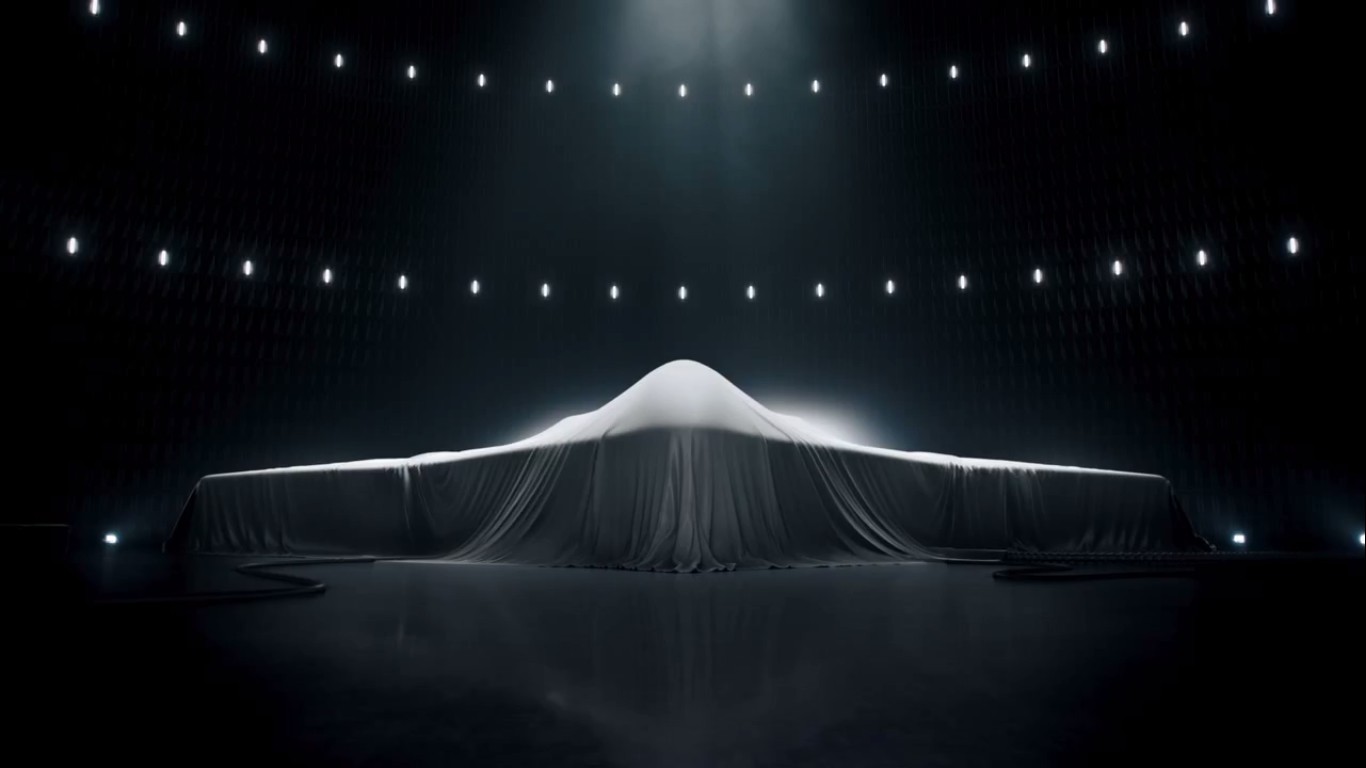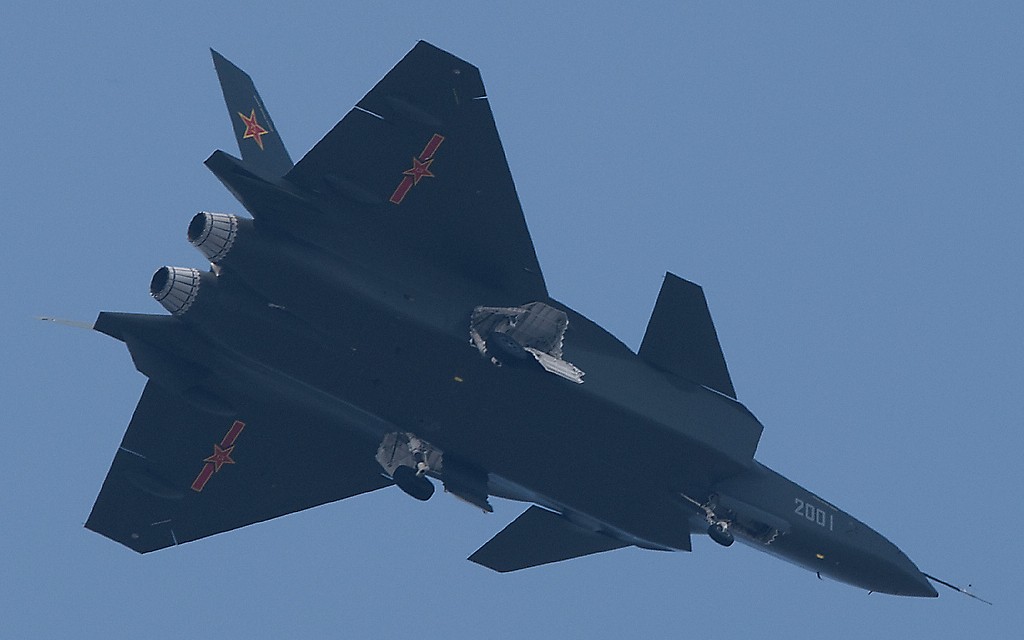When the unrest in Syria began in early 2011 within context of the Arab Spring revolution, most had expected only one of the two outcomes: either a quick ouster of President Basher Al-Assad or a bloody crackdown of the rebels. However, the war has dragged on and spawned the most dangerous terrorist organization of the world, the Islamic State. By the mid of 2015, the war had cost 0.3 million lives, displaced 8 million people and cost the Syrian and world economy over USD 150 billion. And the war still drags on.
Almost every major world power, except unsurprising the People’s Republic of China and India, has become a direct stakeholder in the conflict. It was beginning to look no different from the decade long civil wars in Africa but an unexpected event in September, 2015 changed everything. For the first time since the Afghan Debacle and the dissolution of the Soviet Union, Russia was intervening directly in a foreign conflict outside the Former Soviet Union.
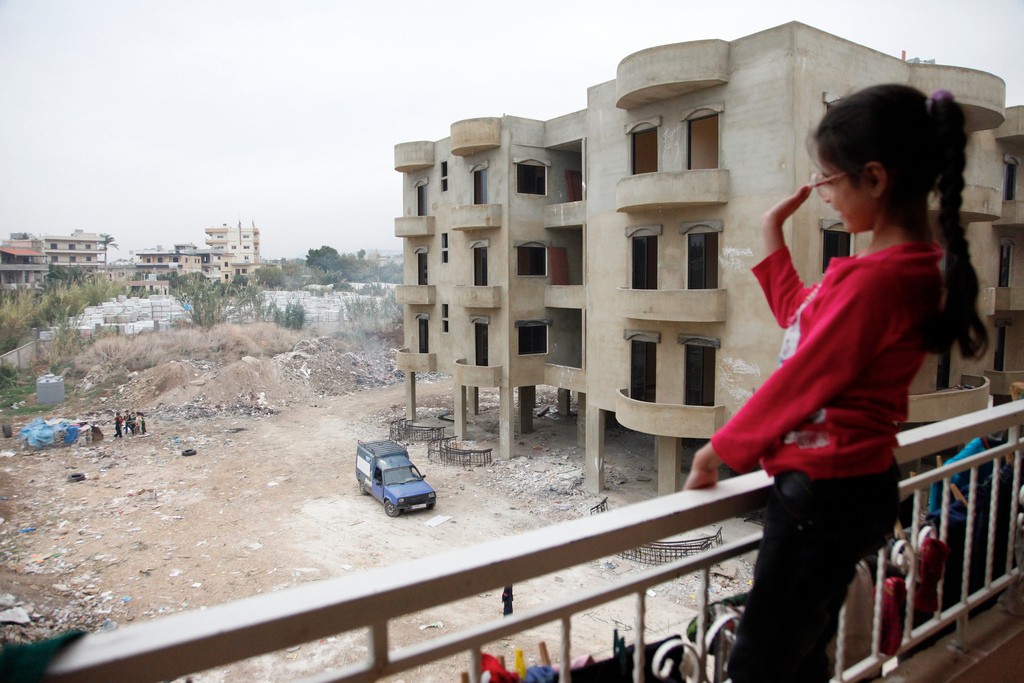
The pace of events rattled the world and shocked, most of all the White House and the Pentagon. These were the same people who had put sanctions on Russia and with the halving of oil prices which are a major export of the Russian Federation, were waiting for the Russians to buckle and bow out of the game. No one expected that Russians would continue to fight in Ukraine, let alone start a new operation in Syria. Hence the sudden and rapid nature of the build-up of Russian troops in Syria came as a surprise to all.
The Russian Government has always been a supporter of the Syrian Government. But before September, this support was mainly limited to Signals Intelligence and transfer of weapons to the Syrian Armed Forces. However, the loss of Idlib province made the situation critical for the survival of the Assad Government. The efforts of the Iranian Government, another key player and main backer of Basher Al-Assad were a key in unlocking the Russian Intervention. The message from Tehran to Moscow was simple, “Intervene or loss Assad”. After that, the Russian juggernaut surged ahead.
The Russian Air Force (recently renamed the Russian Aerospace Forces), is primary ace in the Russian Deck of Cards. Current Russian Forces in Syria include about 35 fixed wing combat aircraft, 15 helicopters, 3 Short Range Surface to Air Systems, 6 Tanks and under twenty artillery pieces. These forces are protected by about a thousand Russian Marines and are based at the Bassel Al-Assad International Airport in Latakia in Western Syria. The deployed Russian forces are the microcosm of the Russian Armed forces as a whole.
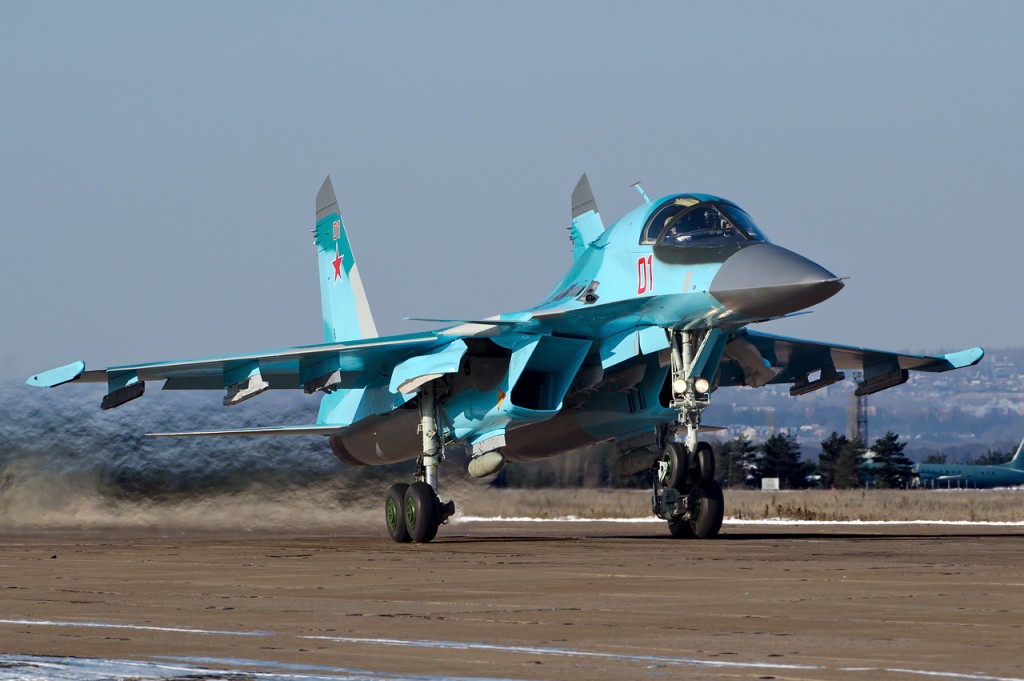
The fixed wing aircraft deployed to Syria are 12 Sukhoi Su-24Ms, 12 Sukhoi Su-25SMs, 6 Sukhoi Su-34s and 4 Sukhoi Su-30SMs. The composition of the intervening forces is in line with the composition of the entire Russian Air Force, which currently comprises of majorly Soviet Era fighters being modernized with newer avionics and precision guided weapons and newer aircraft which are just coming off the production line and which still, comprise a small part of the Russian Fleet. The Su-24Ms are present as the Air Force’s primary long range bomber carrying out the strikes on the Opponent’s Ammunition dumps and Head Quarters.
The Su-25SMs are the carrying out a role they are known for, getting down right dirty in the fight. These sturdy Close Air Support fighters have been tasked with attacking troop convoys and providing air support to the ground forces. The Su-34, built as a replacement for the Su-24 is fulfilling the same role in Syria. It’s the combat debut of the Su-34. The Su-34 has more range and can carry more payload than the Su-24, not to mention more advanced avionics and a sturdier frame.

Though it cannot be said with much certainty but news emerging from the battlefront points towards the fact that most of the air-strikes are being carried out by the Su-25s with a close second in the Su-24 and a little behind Su-34. The presence of Su-30s, an advanced air interdiction superiority fighter is to prevent any foolhardy cowboy antics by the NATO. Needless to say, the presence enough is a deterrent and the Su-30s are not finding much of the preference on the sorties pecking order. A single Su-30 recently violated Turkish Air Space. This was attributed to a Navigation error by the Russian Sources but the main cause appears to be testing of Turkish Effectiveness in Early Warning and fleet response times.
The presence of the 15-strong Mi-24 and Mi-8 helicopter component is for the base protection and any eventual SAR activity. It has been reported that at least 2 Mi-24s cover every aircraft take-off and landing at the airport. The jets are almost helpless during this phase. The air cover provide by the Mi-24s ensure that any sneak attacks on the jets do not take place. However, recently the Mi-24s have started attacking rebel forces in the city of Homs, indicating that the powerful yet vulnerable “Crocodile” may have started to bare its lethal teeth in the conflict.

These aircraft are supported by Predator sized drones. There is some lack of clarity over the build of the drones or who is operating them. Generally, Most Russian Drones are operated by the Russian Ground Forces. These drones may be the Isreali drones brought in the aftermath of the 2008 South Ossetian War or the newer Orlan/Zala drones of Russian Indigenous make. These drones are unarmed and are operating in the Intelligence, Surveillance and Target Acquisition role. One of these drones has been shot by Turkey after overflying in its territory. This news has been denied by the Russian Official Sources. Furthermore, the combat operations in Syria is supported by Il-76s flying in almost daily from Russia, bringing in Fuel and other combat accessories and other Intel Aircraft in Russian Air Fleet, mainly the Il-18s and the Tu-204s.
The Russian Aircraft are carrying over 60 sorties in a day, have sustained the same for over a week and ongoing, with maximum being around 90 sorties in a day. These missions are flown by two plane formations along with Drones and sometimes backed by Russian Intelligence gathering aircraft like Il-18 “Coot”. A typical strike package load out includes dumb bombs and their precision guided counterparts like the KAB-250s/500s and missiles like the Kh-59s. Unlike US led Allied Missions where 75% aircraft return without even dropping a bomb or engaging the enemy, all Russian aircraft are expected to expend their full arsenal before coming back to base. Every sortie must count as a kill. The Russian Aircraft are hitting anywhere and almost everywhere in Syria. They are targeting everything from Ammunition dumps, troop convoys and gatherings, Head Quarters & co-ordination centers and battle lines between the Syrian Armed Forces and the rebels.
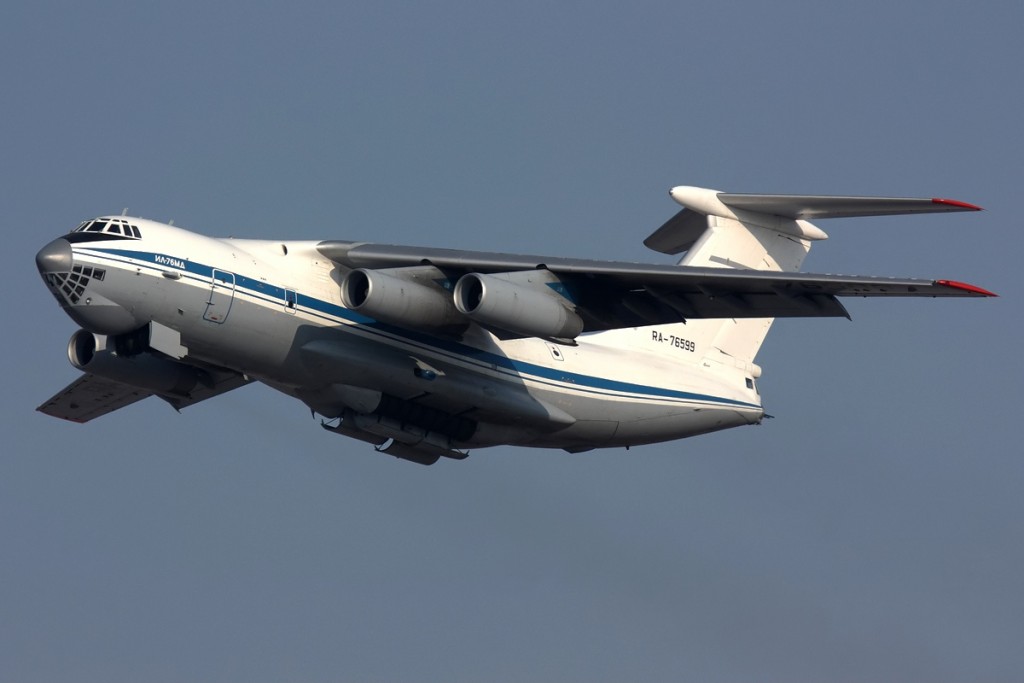
Ships in the Russian Caspian Flotilla have also launched cruise missiles in Support of the Syrian Forces. These missiles hit targets in Syria after overflying Iran and Iraq. The fact that this heavy strike package was launched by a Tartarstan Class Light frigate and 3 Buyan-M class corvettes that barely displace half as much as the Arleign Burke class destroyer is a testimony to how even small ships can carry as much firepower as their larger counterparts. This was the combat debut of the Kalibr missiles (derived from the Anti-ship Klub) which boasts an incredible range and precision targeting.
What has differentiated the Russian Air Strikes and the US led Allied Strikes is the Russian Willingness to use brute force and reckless tenacity. Rebel positions are repeatedly pummeled by bombs and guns till rebels are forced to abandon them. Americans, for the most have relied on Intel reports to carry out precision strikes on key leaders and bases and take them out via drone strikes or limited combat aircraft sorties. The Russians are striking anyone and everyone. The rank and file of the ISIS is being hit directly by a foreign air-power, inducing a sense of vulnerability in them.
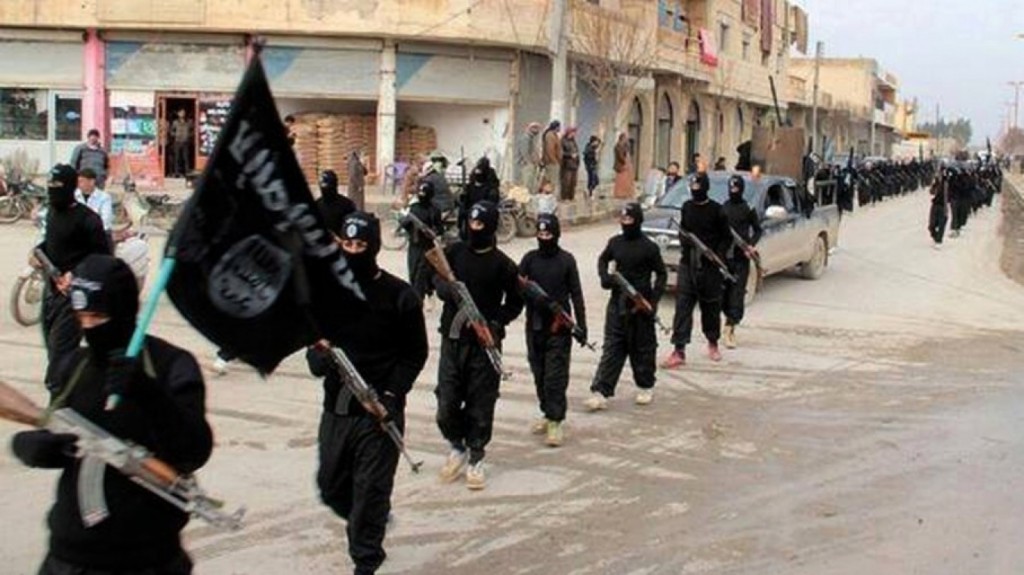
For the first time, somebody has put a fear in the minds of the ISIS. They have cancelled open prayer assemblies and fighters are reportedly evacuating their families to relatively safer Mosul in ISIS occupied- Iraq. While there are no official report cards for the success of the Russian Operations, their success can be gauged by the increasing desperation in the Rank and file of the rebels, the ISIS and the American Policy makers. The increasing Information warfare against the Russians is a testimony that the Russian Air Strikes have rattled the American State. American leaders are calling for a closure on the strikes on “Moderate Syrian Opposition”, conveniently forgetting this secular moderate opposition did not even exist a mere three months ago.
While American intervention in the conflict was akin to playing at a war, the Russians mean business. With Russian Help, Basher Al- Assad might just survive this storm and the ISIS may well have met its fate. Unlike United States, Russia does not differentiate between a good terrorist and a bad terrorist. Coupled with Russia’s Reputation as the world’s worst place to be a Terrorist, one can only hope for leniency from the Russians in the fields of fire.
(The views are my personal and the facts presented here have come from multiple news sources. I have tried to present the most accurate picture of the Russian Intervention. If you have any questions or opinions please share in the comment section below)

